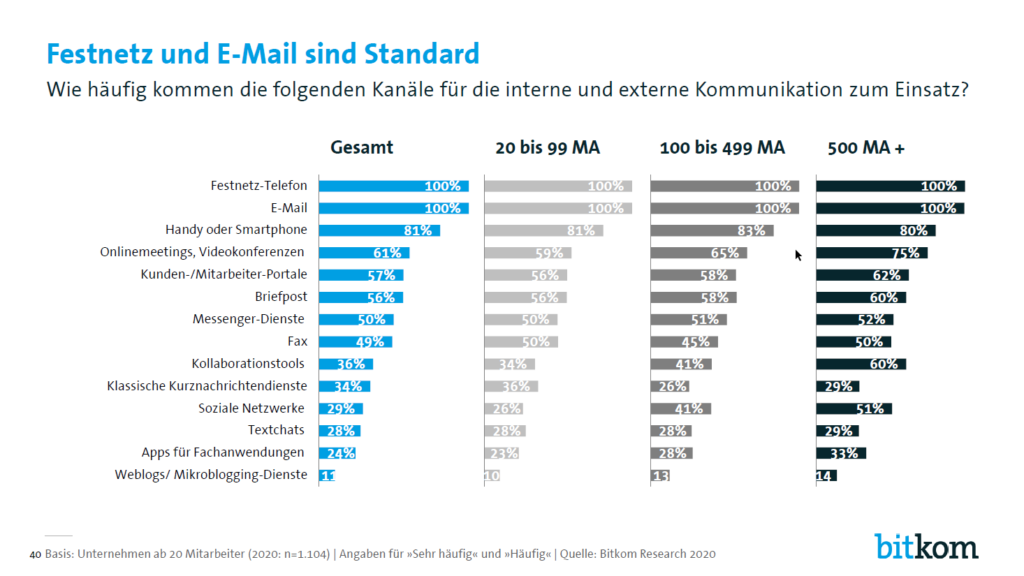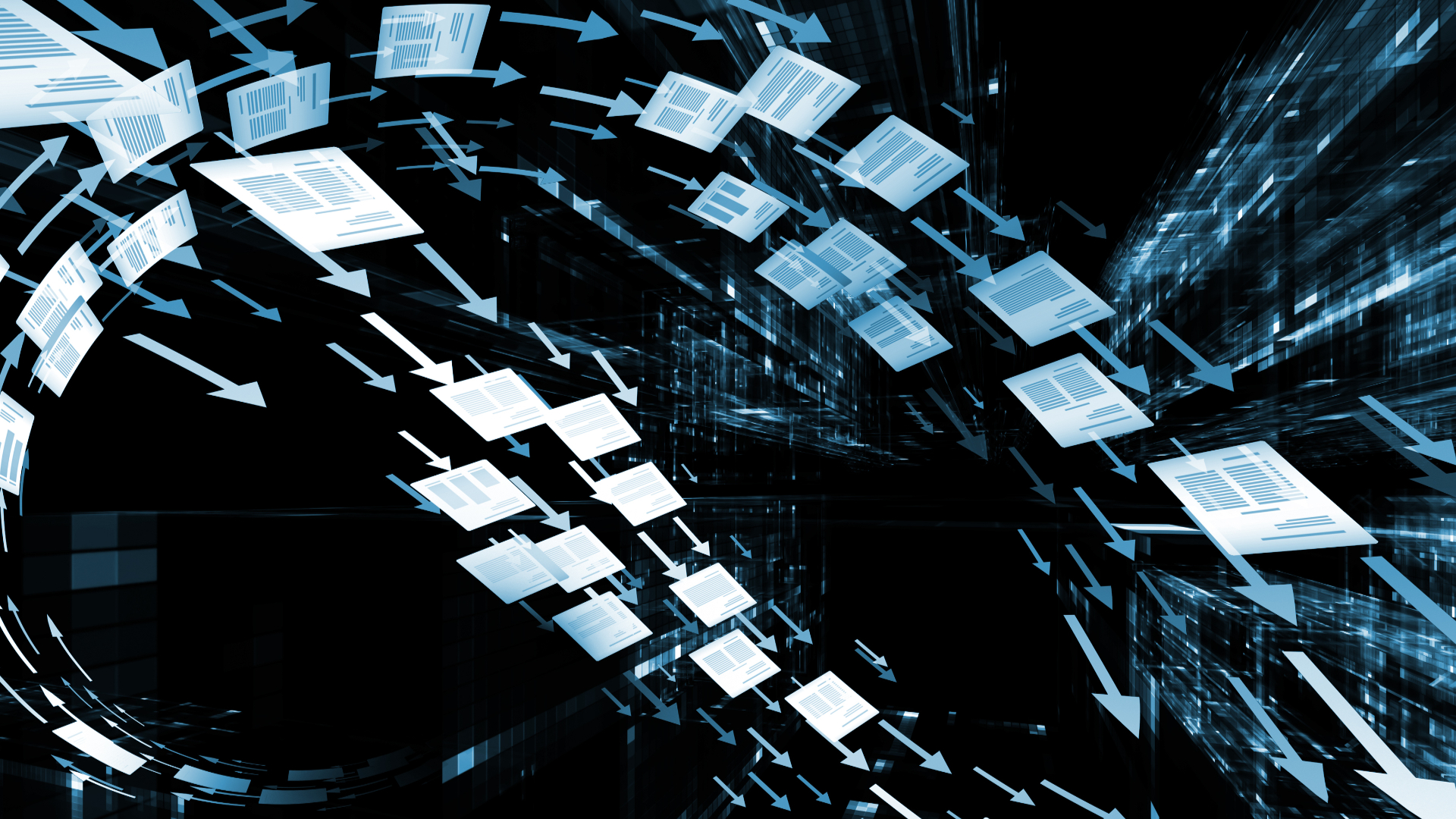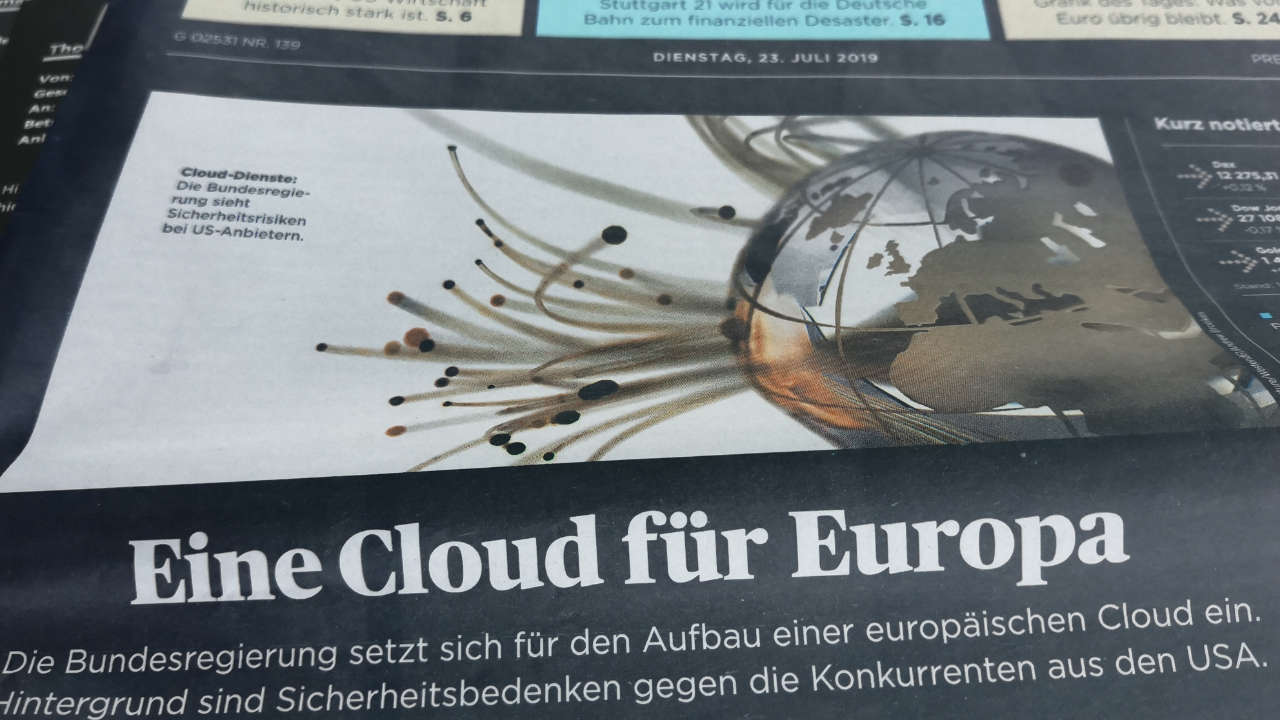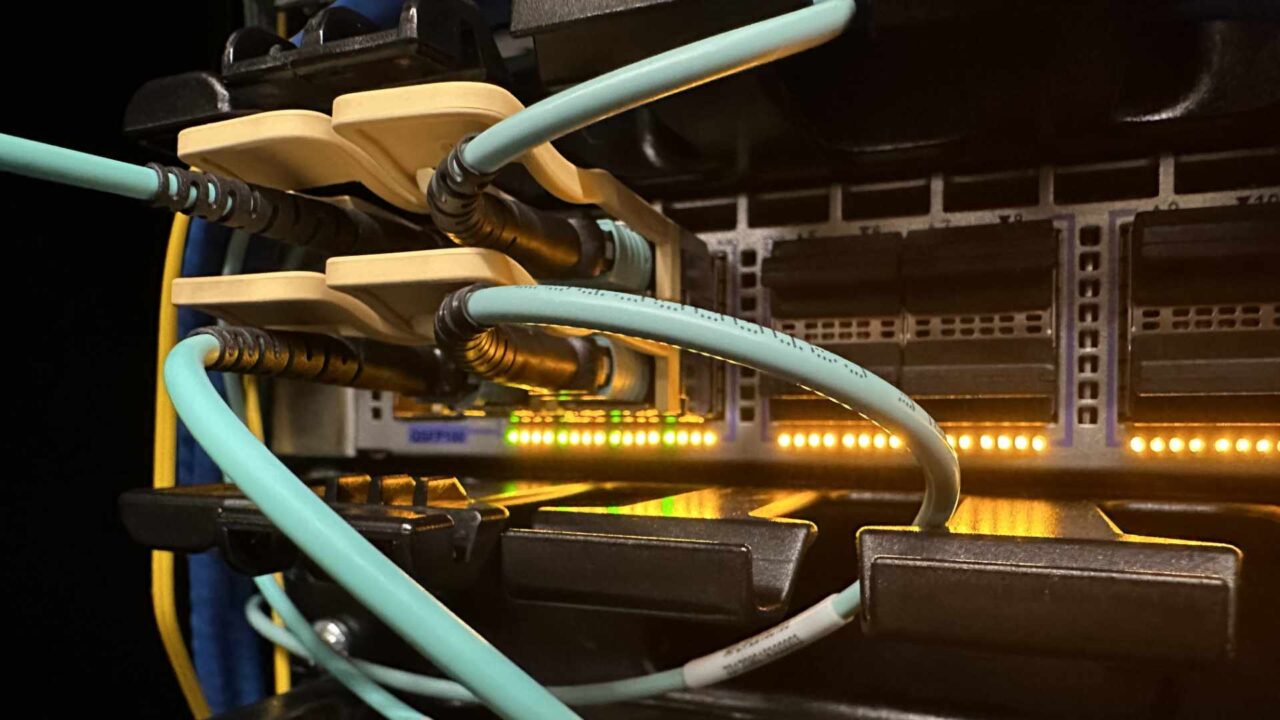Time and again I am confronted with people, opinions and media reports purporting that fax is an anachronous technology which puts the brakes on efforts to digitalize processes. In fact, this is by no means true.
For instance, referring to a parliamentary request made by FDP representative Andrew Ullmann, Germany’s “Bild” tabloid recently wrote with a gleefully smug tone:
“Our politicians are fooling around with fax! So much for digitalization: The federal government still is still running 900 fax machines!”
Yet Springer’s popular tabloid actually goes on to provide the answer to their own question: “Why the old technology?” (why “old” and not “proven”, one might ask). The reason: “Mainly for the purpose of sending confidential classified documents, says the Federal Ministry of the Interior”. With all its downstream processes, one can safely assume that the Ministry of the Interior would know if there were any real alternatives available to them. The “top faxers”, according to the article, are the Foreign Office (200 fax machines), the Treasury Department (130) and the Labor Ministry (135).
The assertion that many young people have never sent a fax in their lives, cited as a striking indictment by the FDP’s Ullmann, hardly stands up to closer scrutiny. Many young people also don’t buy CDs, own a car or eat meat. Back to fax: What really matters is that all information reaches its recipients securely and reliably. At the right time. In the right place. In the required format. And this may well be fax. For a long time now, fax has no longer meant heat-sensitive paper rolling through a machine – thanks to internet fax technologies like Fax2Mail, a fax message can now conveniently be received as a PDF in the Outlook inbox.

Bitkom, the association lobbying on behalf of the German digital economy, has just published its latest Digital Office Index 2020. Page 41 contains the interesting fact that roughly half (49 percent) of all companies in Germany still use fax either often or very often for internal and external communication. This places fax only slightly behind messenger services and well ahead of collaboration tools, conventional SMS services, social networks, text chats or weblogs/microblogging services.
As mentioned above, in the year 2020 fax no longer has to mean a fax machine in the office or a fax server in the company’s cellar – instead, it is likely to be available in the form of a state-of-the-art cloud fax service. This service can be integrated into your multi-function printers, which then no longer require fax cards or analog phone lines (meaning that the devices can be placed more freely in your offices). What’s more, cloud fax is all-IP ready and offers value-adding options like digitalizing incoming documents by use of data capture or routing via barcode. And a whole lot more.
Take a listen to our founder and CEO, Martin Hager, as he gets right to the heart of cloud fax services.
By the way, in Bitkom’s list of channel ubiquity, the use of email at companies achieves a full 100% (as does landline telephony). So, can Retarus offer you any services for this crucial channel? You bet we can.




